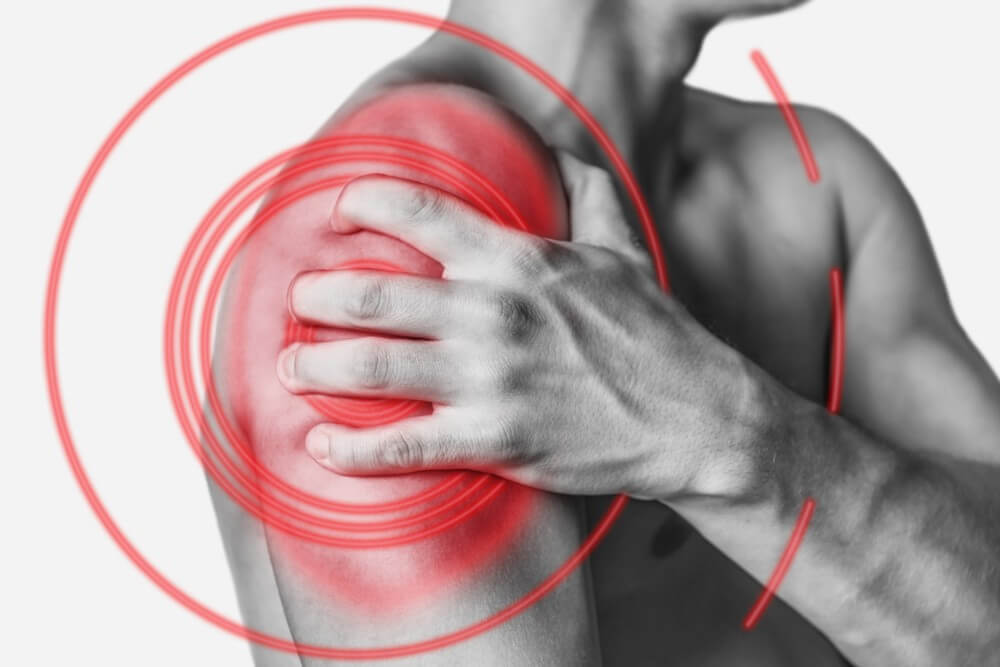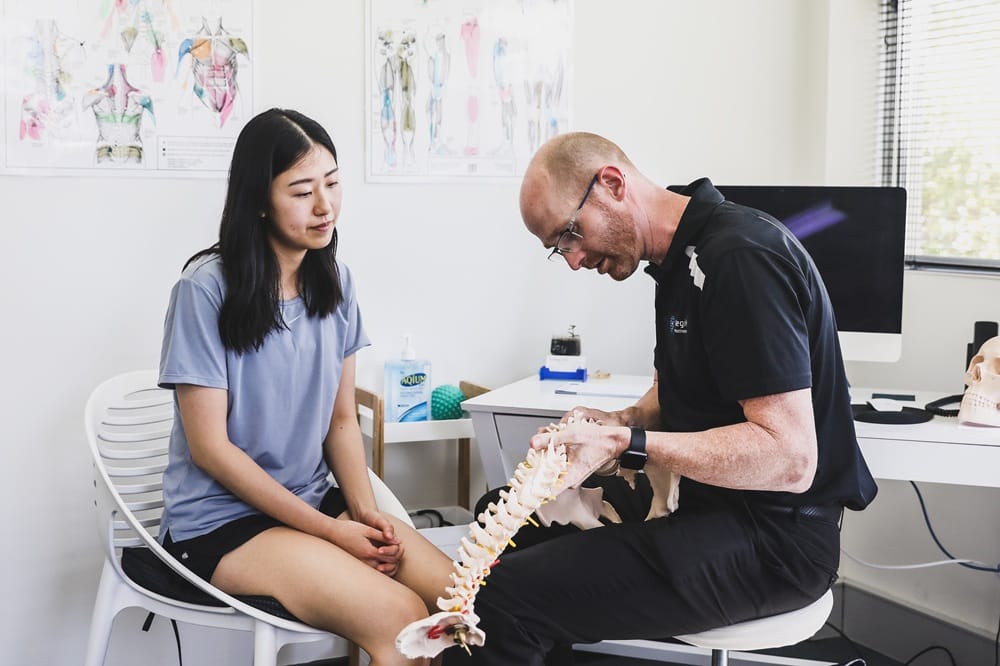
Upper body movement is highly reliant on the shoulder joint. Whenever you lift something, reach up, drive your car, or even cross your arms you’re making use of your shoulder. Naturally, having good mobility in your shoulder joints is very important for a number of reasons, but particularly if you’re an active person, it’s a joint you want to have fully functioning all of the time. Shoulder injuries are common and can happen to anyone no matter how active. While some injuries will require a few short days of rest, others may be more serious and require expert help. Here are some common causes of shoulder injuries:
Rotator Cuff Injury
The rotator cuff is one of the most common areas of the shoulder to sustain an injury. The rotator cuff is a group of muscles and tendons that hold the upper arm bone into the socket of the shoulder. This particular region is prone to problems and can result in the following symptoms:
- Dull pain
- Weakness
- Reduced range of motion
- Pain when the arm is raised or stretched outward
Rotator cuff injuries can increase in frequency and pain with age and can have lasting consequences if not treated right.
Shoulder Labrum Tear
Shoulder injuries are often complex due to the many structures within the joint, and such is the case with the inner shoulder socket. A rim of cartilage surrounds the socket stabilising the upper arm bone and provides a cushioning effect. It also allows for flexibility and movement of the shoulder. When torn or damaged, it can result in reduced range of motion, swelling, inflammation, and difficulty with overhead movements.
Dislocated Shoulder
Another common shoulder injury, this occurs when the humeral head (upper part of your arm bone) displaces from the shoulder socket. This experience is often extremely painful and will require an experienced health professional to reposition your joint. Because the shoulder is so flexible, it means that for some there is an increased risk of dislocation particularly when certain forces are applied. Here are a few different ways a shoulder joint can dislocate:
- Forward dislocation is when your humerus shifts towards the front of your chest, this is the most common type of shoulder dislocation and can be the result of high impact sporting activity in an overhead position.
- Backward dislocations occur when the ‘ball’ of your humerus shifts backward out of the shoulder socket. This is fairly rare but can happen if you’re caught up in an accident or athletic injury that applies a lot of force to a forward facing arm.
- Downward dislocations are by far the least common and account for less than 1% of all shoulder dislocations. This occurs when the humerus bone is shifted downward out of its socket by weight above the body pressing on an outstretched arm.
Frozen Shoulder
A frozen shoulder can be a frustrating injury, especially if you’re an active person. This type of shoulder injury can occur when inflammation causes the shoulder joint ligaments to swell. This causes scar tissue and creates less space for the ball of the shoulder joint to move. This causes stiffness, decreased mobility, and a reduction of synovial fluid throughout the joint. This in turn leads to increased friction and joint pain.
Shoulder Arthritis
Arthritis commonly affects the shoulder in the older population. Even though it is predominantly age related it can affect anyone, particularly if there has been prior trauma, surgery or the individual has had a very physical occupation. Arthritis occurs when there’s a loss of cartilage in a joint and the shoulder is particularly reliant on healthy cartilage to soften joint movement and allow for fluid mobility. Long term diseases like arthritis can be very debilitating especially as this usually coincides with other age-related health problems.
Could My Shoulder Pain Become Chronic?
Shoulder pain, whether it’s a torn ligament, or inflammation due to overuse, if not treated well can become a more permanent or chronic condition. A simple dislocation has the potential to weaken the cartilage and ligaments, and if not properly treated it could develop into what is known as shoulder instability or a longer term feeling of ‘looseness’ or ‘sloppiness’. When this occurs, the ball and socket joint of the shoulder is at higher risk or further dislocations. Repetitive injuries will stretch the ligaments and further damage the labrum area such that the shoulder joint is no longer kept together with the same strength that it once was.
How To Treat Shoulder Injury Pain
Treating your shoulder injury should be a very careful and thought-through process. Depending on your specific injury, treatments may vary. If you are in pain you should seek the help of a medical professional. However, if you only have a minor problem you may be able to get away with resting your shoulder and allowing the inflammation to subside. Consider ice for swelling and heat for muscle soreness. If you’re at all concerned, see your physiotherapist.
Physiotherapy Is Most Likely The Answer To Your Shoulder Pain
Seeking professional help in the journey to recovery is a wise idea with a shoulder injury. Not only can you expect a faster recovery, but you can reduce the risk of ending up with a chronic shoulder problem. Treating a shoulder injury should be done in a timely manner to avoid any hindrances to the natural healing process. If your shoulder is dislocated you will need a medical professional’s attention as soon as possible to reduce the time the shoulder joint is out of place.
Get The Right Exercises For A Full Recovery
Beyond the immediate assistance with pain and swelling, physiotherapy exercises for a shoulder injury are also extremely useful if you are chasing a quick and strong recovery. Giving your shoulder time to heal is important, but without effective exercises, you can end up with weaker joints and a heightened risk of an unstable shoulder joint. If you haven’t been injured, but still want to improve your shoulder mobility at home, check out these easy to complete exercises.
With the help of a qualified physiotherapist in Como, we can customise an exercise plan that suits your specific injury and needs.




